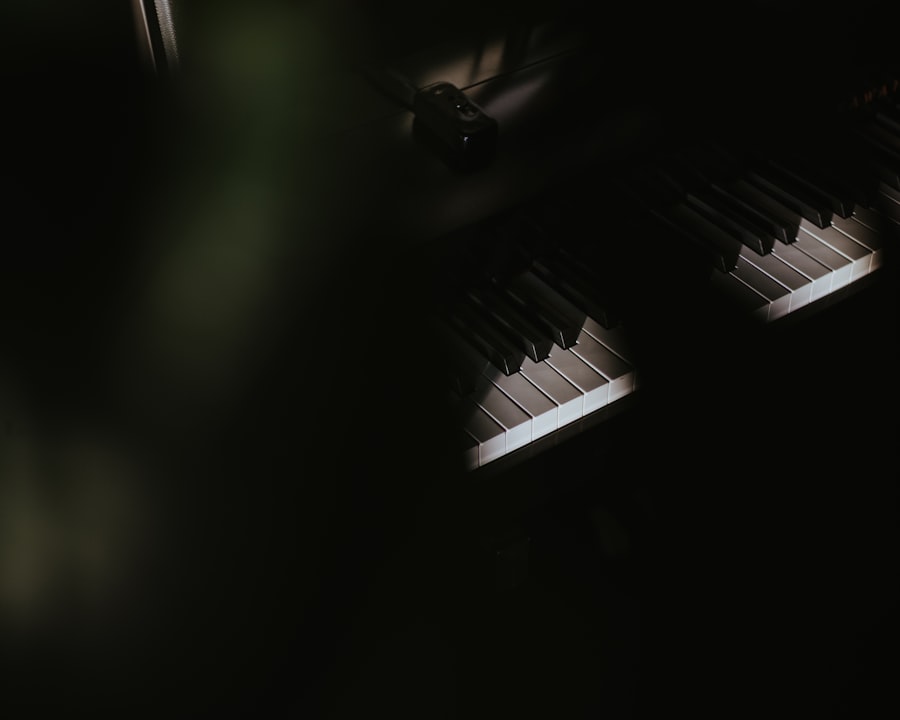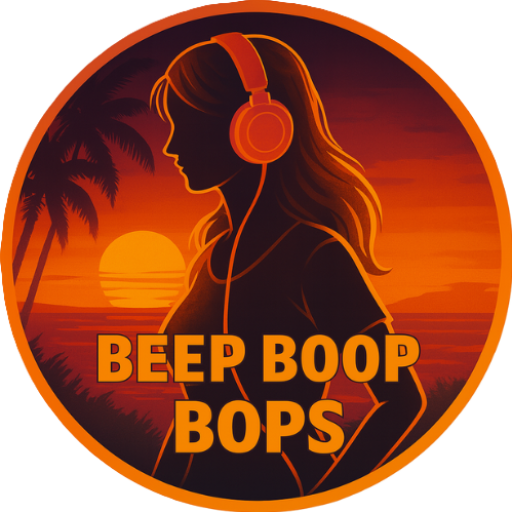In recent years, you may have noticed a significant shift in the way stories are told, particularly in the realms of music, film, and digital media. The rise of lo-fi soundscapes has become a prominent feature in emotional storytelling, creating an atmosphere that resonates deeply with audiences. This genre, characterized by its raw, unpolished sound, often incorporates elements like ambient noise, vinyl crackles, and soft melodies.
As you immerse yourself in these soundscapes, you might find that they evoke a sense of nostalgia and intimacy, drawing you into the narrative in a way that polished productions often cannot. The appeal of lo-fi soundscapes lies in their ability to create a unique emotional landscape. You may find yourself transported to a different time or place, as the imperfections in the sound invite you to connect with the story on a personal level.
This genre has gained traction not only in music but also in various forms of media, including podcasts and video games. As you explore these narratives, you might discover that the lo-fi aesthetic enhances the emotional weight of the story, allowing you to engage with the characters and their experiences more profoundly. The rise of lo-fi soundscapes is not merely a trend; it represents a fundamental shift in how we perceive and interact with storytelling.
Key Takeaways
- Lo-Fi soundscapes have risen in popularity for emotional storytelling, creating a nostalgic and intimate atmosphere.
- Lo-Fi soundscapes evoke emotions in listeners by using warm, comforting tones and subtle imperfections to create a sense of intimacy and vulnerability.
- Crafting Lo-Fi soundscapes for emotional impact involves layering ambient sounds, vinyl crackles, and gentle melodies to create a sense of nostalgia and introspection.
- In film and television, Lo-Fi soundscapes are used to enhance emotional scenes, create a sense of intimacy, and evoke nostalgia in the audience.
- Lo-Fi soundscapes serve as a tool for expressing introspection and solitude, providing a comforting and reflective space for listeners to explore their emotions.
- The future of Lo-Fi soundscapes in emotional storytelling looks promising, with continued exploration of new sounds and technologies to create even more immersive and evocative experiences for listeners.
How Lo-Fi Soundscapes Evoke Emotions in Listeners
When you listen to lo-fi soundscapes, you may find that they evoke a wide range of emotions, from nostalgia to tranquility. The gentle melodies and ambient sounds create a comforting backdrop that allows your mind to wander freely. This immersive experience can transport you back to cherished memories or inspire feelings of introspection.
The imperfections inherent in lo-fi music—such as background noise or slight distortions—add a layer of authenticity that polished tracks often lack. As you engage with these sounds, you might feel a sense of connection to the artist and their emotional journey. Moreover, lo-fi soundscapes often utilize familiar sounds that resonate with your everyday experiences.
You may hear the distant hum of a train, the rustle of leaves, or the soft patter of rain, all of which can trigger specific memories or feelings. This connection to reality enhances the emotional impact of the storytelling, allowing you to relate to the narrative on a personal level. As you listen, you might find yourself reflecting on your own life experiences, drawing parallels between your emotions and those expressed in the story.
In this way, lo-fi soundscapes serve as a powerful tool for evoking emotions and fostering empathy among listeners.
The Art of Crafting Lo-Fi Soundscapes for Emotional Impact

Creating an effective lo-fi soundscape requires a delicate balance of elements that contribute to its emotional resonance. As you delve into this art form, you’ll discover that it involves more than just layering sounds; it’s about crafting an atmosphere that invites listeners to feel and reflect. You might start by selecting samples that evoke specific emotions or memories—perhaps a soft piano melody or the sound of waves crashing on a shore.
Each choice you make can significantly influence how your audience connects with the story. In addition to selecting the right sounds, you’ll need to consider how to manipulate them to achieve the desired emotional effect. Techniques such as reverb, delay, and filtering can help create depth and texture within your soundscape.
You may find that adding subtle imperfections—like vinyl crackles or tape hiss—can enhance the authenticity of your work. These elements invite listeners to engage with the sound on a deeper level, allowing them to feel as though they are part of the narrative. As you experiment with different combinations and techniques, you’ll begin to understand how each component contributes to the overall emotional impact of your lo-fi soundscape.
The Role of Lo-Fi Soundscapes in Film and Television
In film and television, lo-fi soundscapes have emerged as a powerful tool for enhancing storytelling and evoking emotions. As you watch a scene unfold, the background music often plays a crucial role in shaping your perception of the characters and their experiences. Lo-fi soundscapes can create an intimate atmosphere that draws you into the narrative, allowing you to connect with the characters on a deeper level.
You may notice how these soundscapes complement visual elements, enhancing the overall mood and tone of a scene. Directors and sound designers increasingly recognize the potential of lo-fi soundscapes to convey complex emotions without overwhelming the viewer. You might find that these soundscapes work particularly well in moments of introspection or vulnerability, where silence or minimalism can speak volumes.
By incorporating lo-fi elements into their projects, filmmakers can create a sense of authenticity that resonates with audiences. As you engage with these stories, you may discover that the lo-fi aesthetic allows for a more nuanced exploration of themes such as love, loss, and self-discovery.
Lo-Fi Soundscapes as a Tool for Expressing Introspection and Solitude
Lo-fi soundscapes have become synonymous with themes of introspection and solitude, providing listeners with a sonic space for reflection. When you immerse yourself in these soundscapes, you may find that they create an environment conducive to deep thought and contemplation. The gentle melodies and ambient sounds can serve as a backdrop for your own internal dialogue, allowing you to explore your feelings and thoughts without distraction.
This quality makes lo-fi music particularly appealing during moments when you seek solace or clarity. As you listen to lo-fi soundscapes, you might also notice how they evoke feelings of loneliness or longing. The sparse instrumentation and soft dynamics can mirror your own experiences of solitude, creating a sense of connection between your emotions and those expressed in the music.
This shared experience can be cathartic; as you navigate your own feelings through the lens of the soundscape, you may find comfort in knowing that others have felt similarly. In this way, lo-fi soundscapes become not just a form of entertainment but also a means of exploring and expressing complex emotions related to introspection and solitude.
The Future of Lo-Fi Soundscapes in Emotional Storytelling

As technology continues to evolve, so too does the potential for lo-fi soundscapes in emotional storytelling. You may find that advancements in digital audio production allow for even greater experimentation with sound design and composition. With tools becoming more accessible, aspiring artists can create their own lo-fi masterpieces from the comfort of their homes.
This democratization of music production could lead to an explosion of creativity within the genre, resulting in diverse narratives that resonate with audiences on multiple levels. Looking ahead, it’s likely that lo-fi soundscapes will continue to play an integral role in various forms of media. As filmmakers and content creators recognize their emotional power, you may see an increase in their use across genres—from documentaries to animated films.
Additionally, as more people seek out authentic experiences in storytelling, lo-fi soundscapes will likely remain relevant as they provide an intimate connection between artists and audiences. As you explore this evolving landscape, you’ll discover new ways that lo-fi soundscapes can enrich emotional storytelling and foster deeper connections among listeners.



